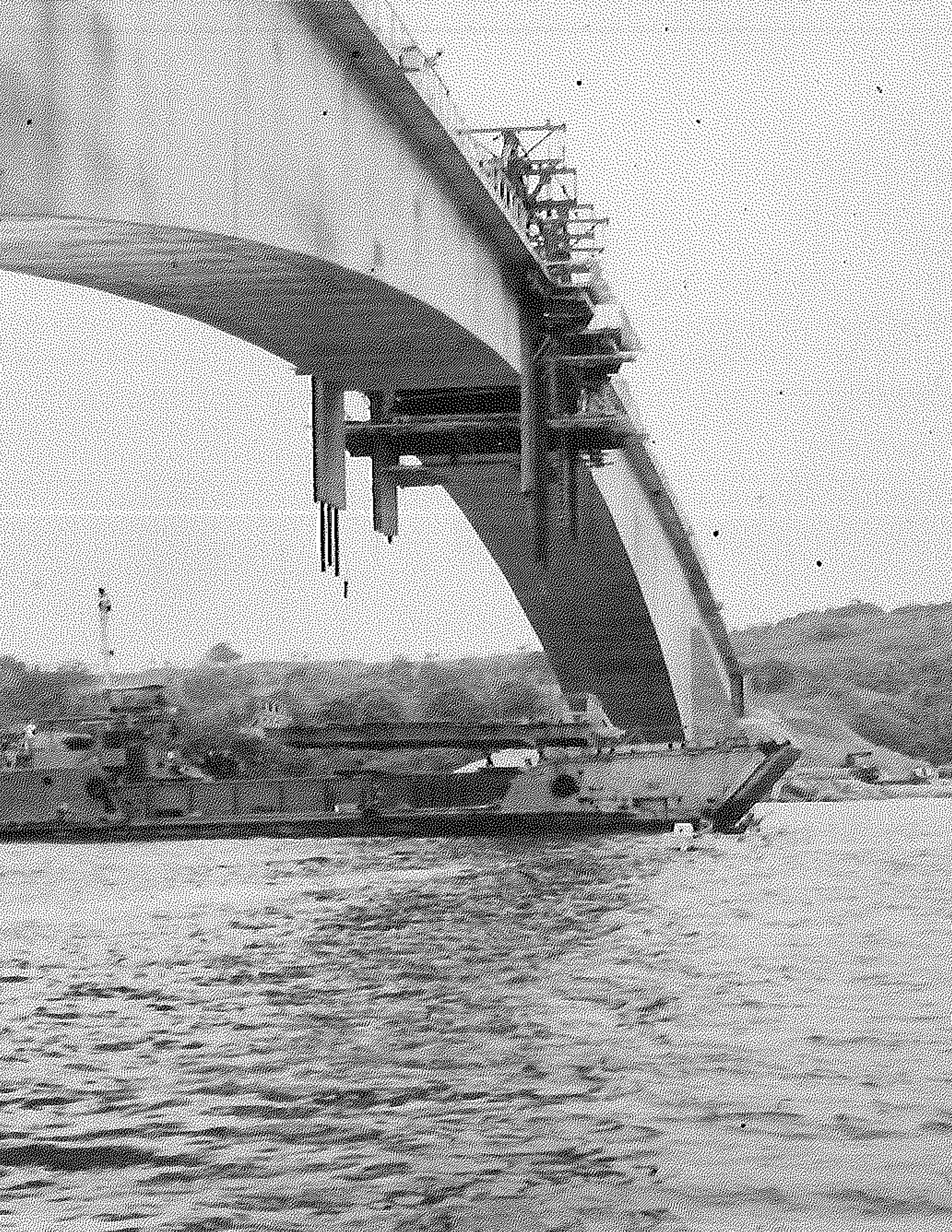ALFRED A. YEE
Introduction
If architecture is the art of shaping space, structural engineering is the science that enables it. Alfred Alphonse Yee (1925-2017) stands as one of the most influential and innovative structural engineers in Hawaii’s history, having helped design some of Honolulu’s most complex structures, from Alfred Preis’s floating Arizona Memorial to Ossipoff’s Diamond Head Apartments,
the first precast, prestressed concrete tower in the country. Born in Palolo and a graduate of the Rose-Hulman Institute of Technology and Yale University, Yee was a pioneer in the use of precast concrete, developing structural systems that allowed architects to build taller and faster than previously possible, even on unstable soil. By the time of his death, Yee held more than a dozen patents, many for construction systems that continue to be used around the world.
Conceived as a living exhibition that transforms the city of Honolulu into the gallery space, Alfred Yee: Modern Connections is a glimpse into an unparalleled mind and career and a document of a city in flux. In looking at Yee’s work, particularly in its half-completed state, one can’t help but feel a tension between past and present, human and nature, the visible and the hidden. Evident throughout is Yee’s appreciation for cross-disciplinary collaboration, an aspect that is reflected in this show, which examines Yee’s work not only through the lens of engineering, but also through architecture, photography, history, urban design, even law. Spanning the iconic and the mundane, Yee’s influence on urban Honolulu is undeniable, and yet his legacy has not been cataloged—until now.
Conceived as a living exhibition that transforms the city of Honolulu into the gallery space, Alfred Yee: Modern Connections is a glimpse into an unparalleled mind and career and a document of a city in flux. In looking at Yee’s work, particularly in its half-completed state, one can’t help but feel a tension between past and present, human and nature, the visible and the hidden. Evident throughout is Yee’s appreciation for cross-disciplinary collaboration, an aspect that is reflected in this show, which examines Yee’s work not only through the lens of engineering, but also through architecture, photography, history, urban design, even law. Spanning the iconic and the mundane, Yee’s influence on urban Honolulu is undeniable, and yet his legacy has not been cataloged—until now.
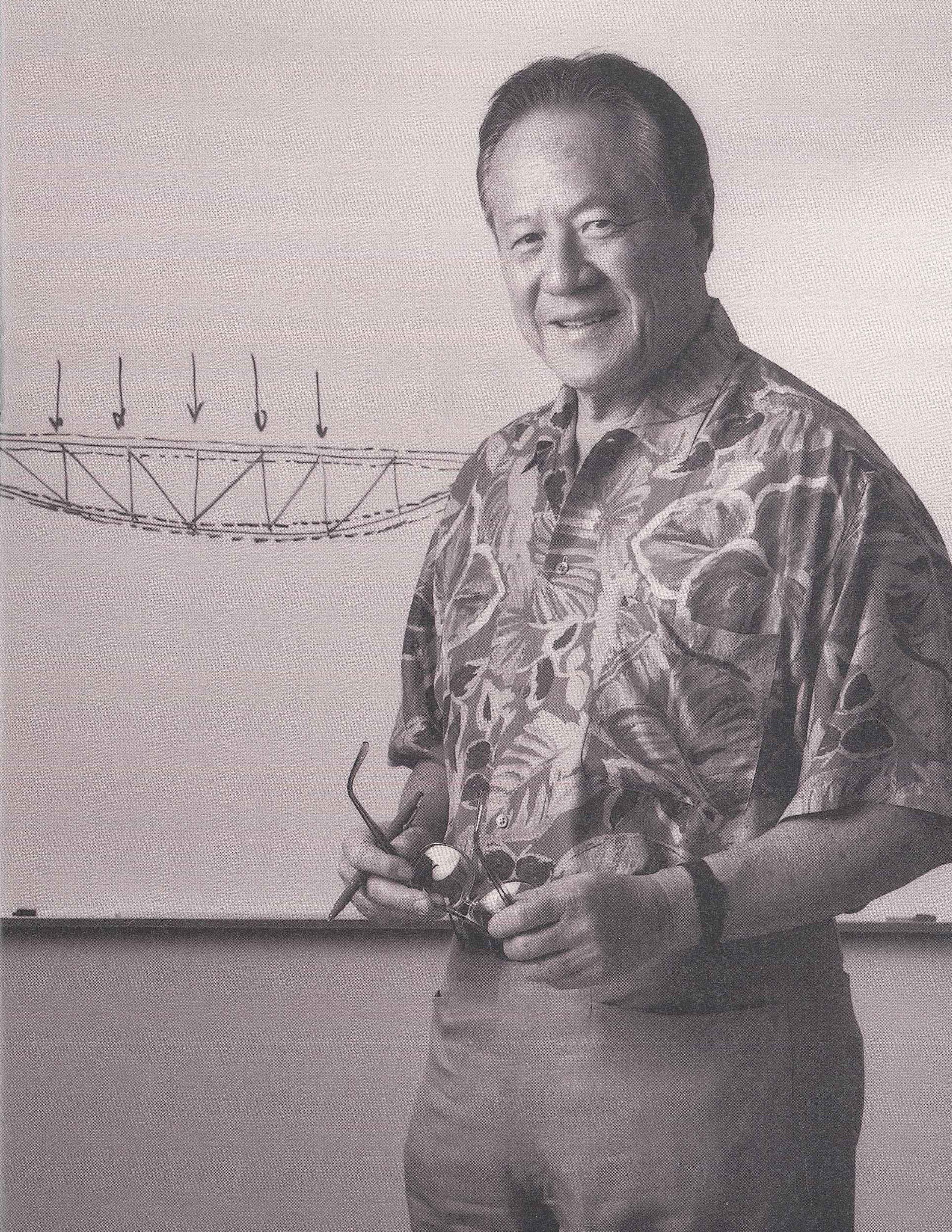
Projects
All content is used for educational purposes only.
Photos provided by DOCOMOMO Hawaii.
Drawings provided by Hawaii Heritage Center.
Photos provided by DOCOMOMO Hawaii.
Drawings provided by Hawaii Heritage Center.
Perspectives
Residential Projects ︎︎︎
- 1350 Ala Moana Apartments
- 1717 Ala Wai
- A.Y. Wong
- E.E. Black’s Residence Retaining Wall
- Cleghorn Apartments
- Diamond Head Apartments
- Foster Tower
- Harbor Square
- Kahala Apartments
- Marco Polo Condominiums
- Punahou Wilder Apartments
- Queen Emma Gardens
- Sandalwood Apartments
- Sunset Towers
- Treehouse Apartments
- Waipuna Apartments
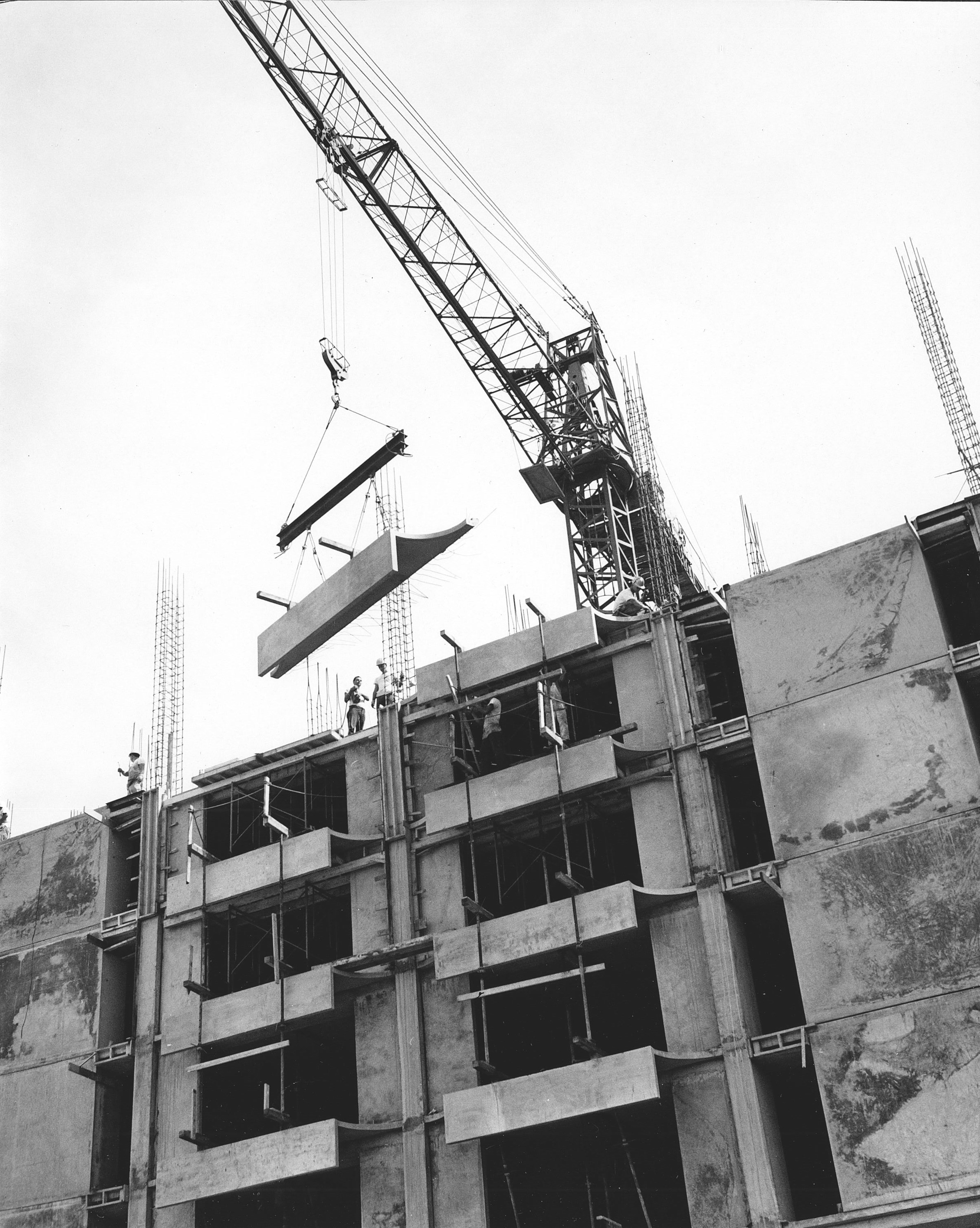
Commercial Projects
︎︎︎
- Ala Moana Shopping Center Phase II
- Ala Moana Office Building (1441 Kapiolani)
- American Factors
- Automotive Services
- Bank of Hawaii Waikiki
- Bishop Trust Building
- City Financial Center Tower
- C.S. Wo & Sons Building
- FAA Building
- First National Bank of Hawaii
- IBM Building
- 235 Queen Street Office Building
- Schuman Carriage
- Times Supermarket Kailua
- Times Supermarket Kaneohe
- Van’s Furniture Store
- Vohn Hamm Building
- Waikiki International Terminal
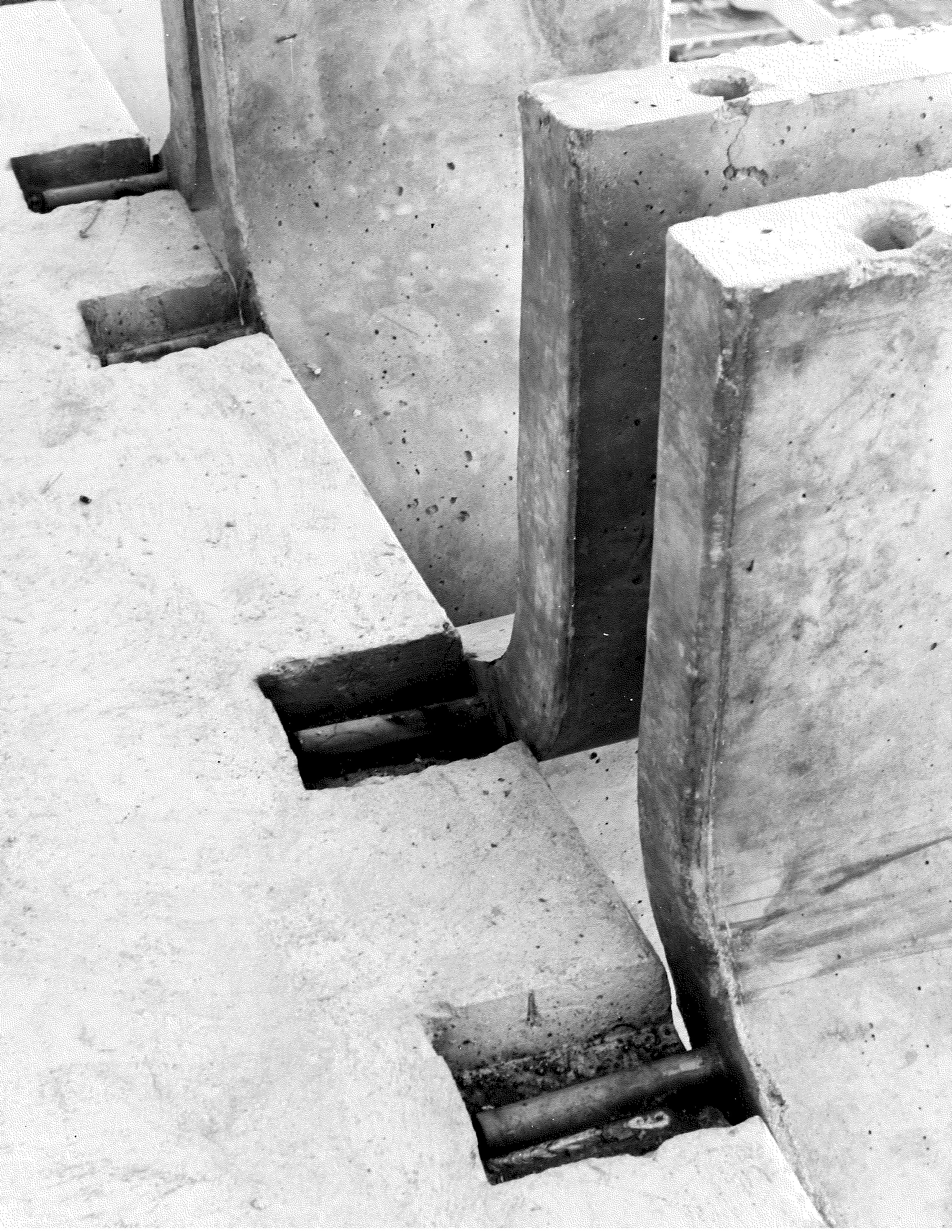
Hospitality Projects ︎︎︎
- Ala Moana Hotel
- Alohilani Resort (formerly known as Pacific Beach Hotel)
- Driftwood Hotel
- Ilikai Hotel
- Kahala Hotel and Resort (formerly known as Kahala Hilton)
- Kapalua Bay Hotel
- Sans Souci Hotel
- 342 Seaside Avenue

Civic Projects ︎︎︎
- Calvary Lutheran Church
- Frank Fasi Municipal Building
- Pan American Services Building
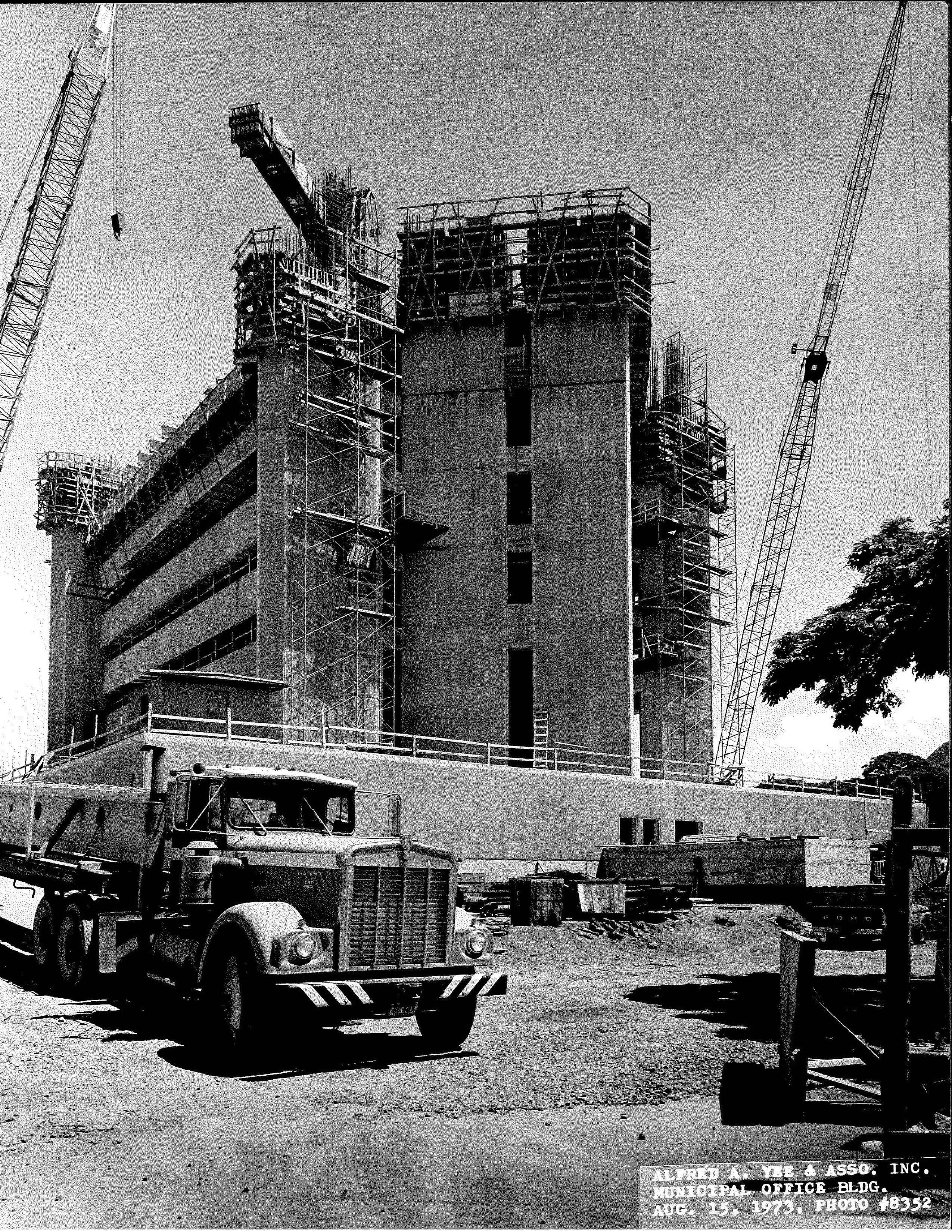
Institution Projects
︎︎︎
- Maunawili Elementary School
- University of Hawaii at Manoa Campus Center
- Waialua Elementary School Cafe
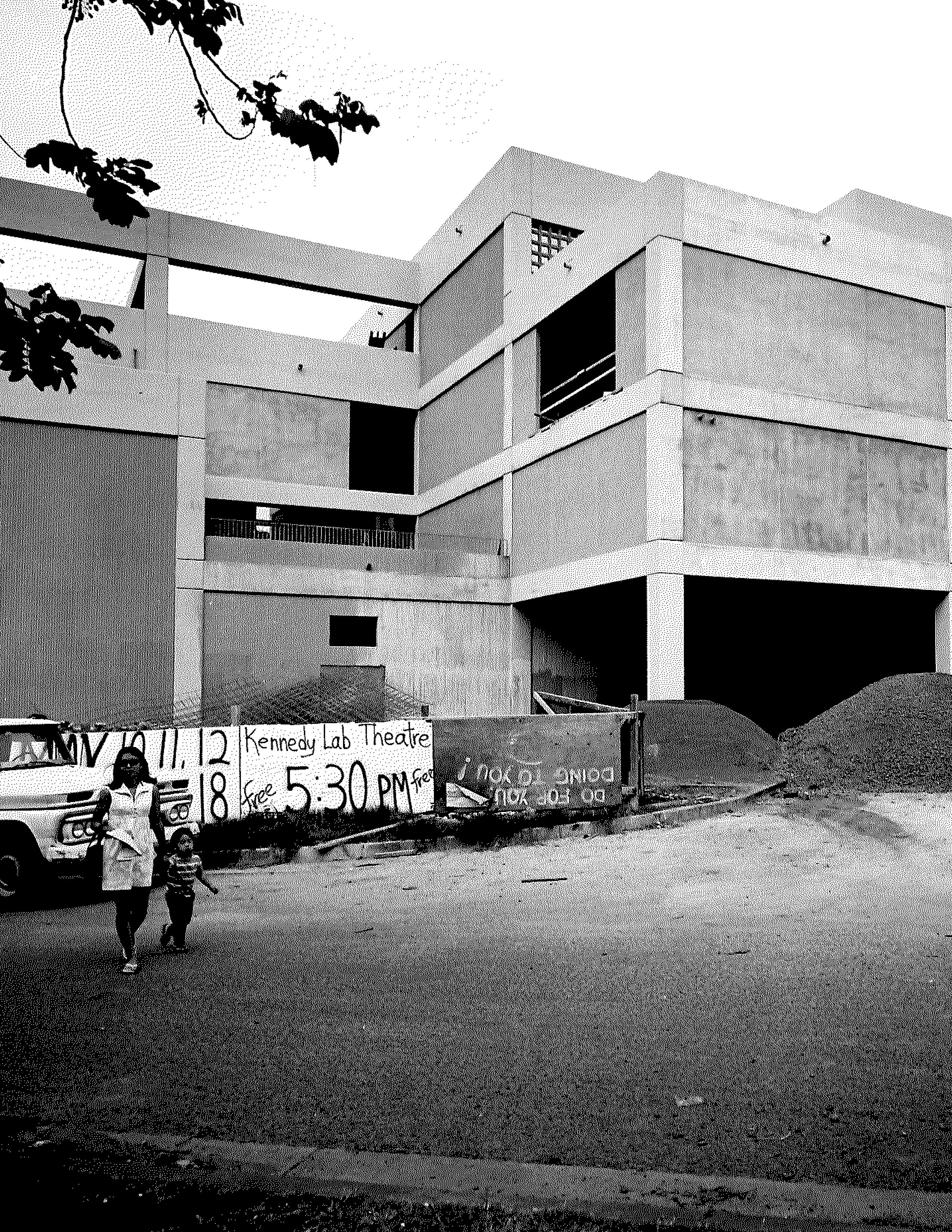
Bridge & Barge Projects
︎︎︎
- Arizona Memorial
- Alapai Pedestrian Bridge
- Ala Wai Pier
- Coconut Island Landing Pier
- Hawaii Kai Bridges
- Luzon Barge
- Mt. Isa Railway Bridges
- Rofomex
- Koror - Babelthauap Bridge
- Vietnam Bridge Model
- Wahiawa Interchange
- Ward Street Overpass

Global Projects
︎︎︎
- Asia Development Bank (Philippines)
- Corrosion Control Hangar (Guam)
- Dai-Ichi Hotel (Guam)
- Dededo Housing (Guam)
- Hotel Leopalace (Guam)
- Housing Development (Singapore)
- Magsaysay Building (Philippines)
- Michigan Consolidated Gas Company
- One Hundred Washington Square (Minneapolis)
- Patrol Aircraft Hangar (Guam)
- Power Poles (Guam)
- Royal Pavilion (Saudi Arabia)
- Saudi Arabia Monetary Agency
- University of Guam Fieldhouse
- Whangarei Harbour Cool Storage Building (New Zealand)





